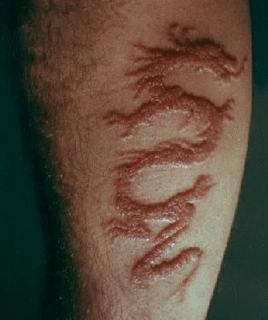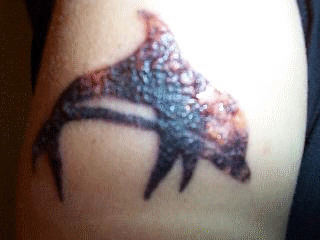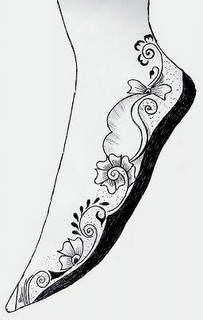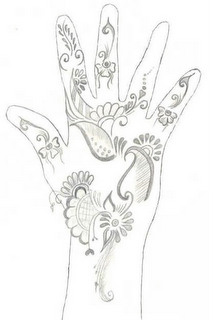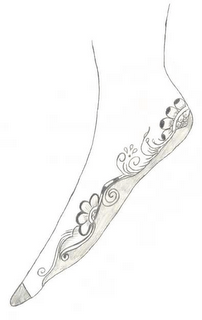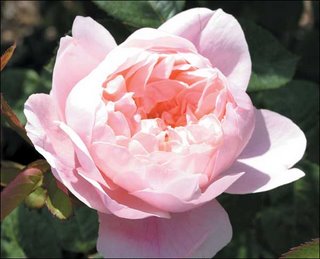
Mehndi is the traditional art of adorning the hands and feet with a paste made from the finely ground leaves of the henna plant. The term refers to the powder and paste, and the design on the skin, as well as the party or ceremony.
Henna is a small shrub called hawsonia inermis, and is also know as Henne, Al-Khanna, Al-henna, Jamaica Mignonette, Mendee, Egyptian Privet, and Smooth Lawsonia. Henna grows in hot climates and is found in India, Pakistan, Malaysia, Persia, Syria, Egypt, Morocco, Sudan and other North African, Asian and Middle Eastern countries. The leaves, flowers, and twigs are ground into a fine powder, then mixed with hot water.
Various shades are obtainable by mixing with the leaves of other plants, such as indigo. Tea, coffee, cloves, tamarind, lemon, sugar, and various oils are also used to enhance the colour and longevity of design.
